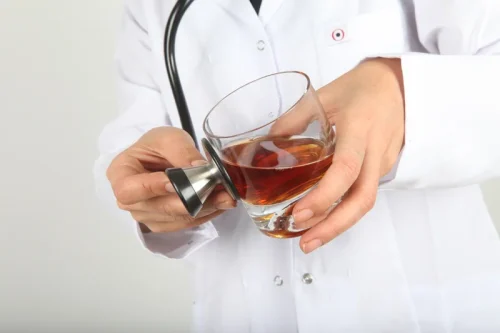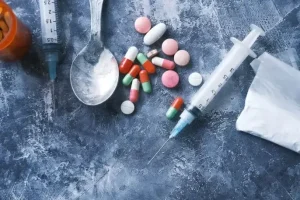If your teen goes to a party and chooses to have a drink, it’s a mistake that can be rectified. If they drink and then drive or get into a vehicle driven by someone else who’s been drinking, that mistake could be a fatal one—for them or someone else. Ensure they always have access to an alternative teenage alcoholism means of getting home, whether that’s a taxi, a ride share service, or calling you, an older sibling, or another adult to pick them up. We first estimated multilevel models with no predictors (i.e., null models) to assess the intraclass correlation for frequency of drunkenness.
Patterns of Adolescent Drinking
Throughout adolescence, friends and romantic partners may influence risk behavior through mechanisms corresponding to multiple theories of behavioral influence, including differential association, social learning, and social ecological theories. Several studies have reported that the associations between alcohol and brain structure and function differ by sex, especially in adolescents engaging in binge drinking. Another set of studies demonstrated that youths who drank heavily exhibited greater brain activation while viewing alcohol advertisements25,52–54 than while viewing ads for nonalcoholic beverages.52 Adolescents are exposed to alcohol advertising materials on a daily basis in many countries. The participants were shown pictures of alcoholic and nonalcoholic beverage advertisements during neuroimaging. Adolescents with histories of heavy drinking showed greatly enhanced neural activation while viewing the pictures of alcoholic beverages compared with pictures of nonalcoholic beverages.

Schoolies week and alcohol

By the two-year follow-up assessment, 356 participants were no/low alcohol consumers, 65 had initiated moderate drinking, and 62 had initiated heavy drinking (65). Adolescents who remained no/low alcohol consumers served as a control group for estimating typical developmental trajectories over the same age range as the drinkers. Youth who initiated heavy drinking showed abnormal neurodevelopmental trajectories compared to continuously non-/low-drinking controls with accelerated decreases in frontal gray matter volume.
What if I’m Worried About Someone Else’s Drinking?

Sian Ferguson is a freelance health and cannabis writer based in Cape Town, South Africa. She’s passionate about empowering readers to take care of their mental and physical health through science-based, empathetically delivered information. However, frequent alcohol misuse may eventually lead to AUD, according to the NIAAA. The Substance Abuse and Mental Health Services Administration (SAMHSA) provides the most reliable estimates of alcohol use by young people in the United States. For more information about alcohol’s effects on the body, please see the NIAAA Interactive Body.
- The more you understand about potential reasons for underage alcohol use, the easier it can be to talk to your child about the dangers and identify any red flags in their behavior.
- Talk to other parents If you’re going to allow any alcohol at the party, letting them know your plan can help them decide if they’re comfortable for their child to attend.
- Adolescents who remained no/low alcohol consumers served as a control group for estimating typical developmental trajectories over the same age range as the drinkers.
- In fact, it takes tremendous strength and courage to admit your problem and decide to face up to it.
The UK Chief Medical Officers (CMOs) recommend an alcohol-free childhood as the best and safest option. And – although not recommended – the CMOs also say if children do drink alcohol, it shouldn’t be until at least 15 years of age. It’s difficult to prevent teenagers from experimenting with alcohol, but parents and carers can encourage safer drinking habits.
- Given the scientific evidence, should governments set the legal minimum age to 25 or over – once the brain has stopped developing?
- Ensure they always have access to an alternative means of getting home, whether that’s a taxi, a ride share service, or calling you, an older sibling, or another adult to pick them up.
- The prefrontal cortex, which is located behind the forehead, is slower to ripen.
- As noted previously with neurodevelopment trajectories, gender differences are also reported in alcohol use estimates.

